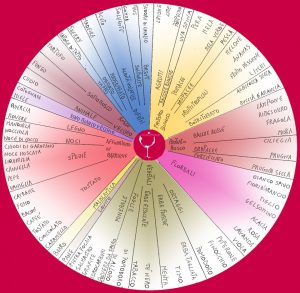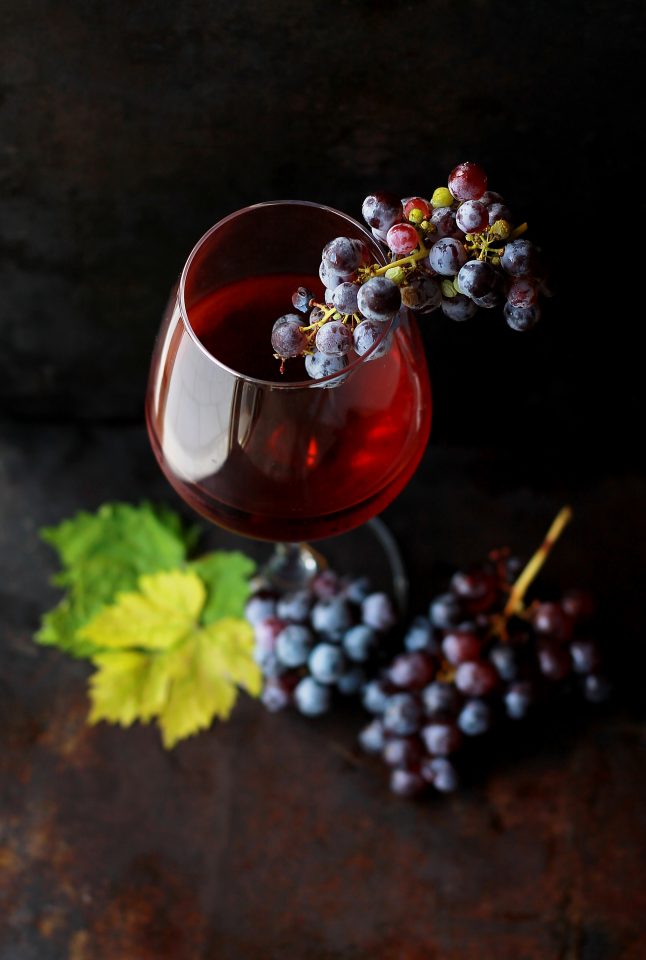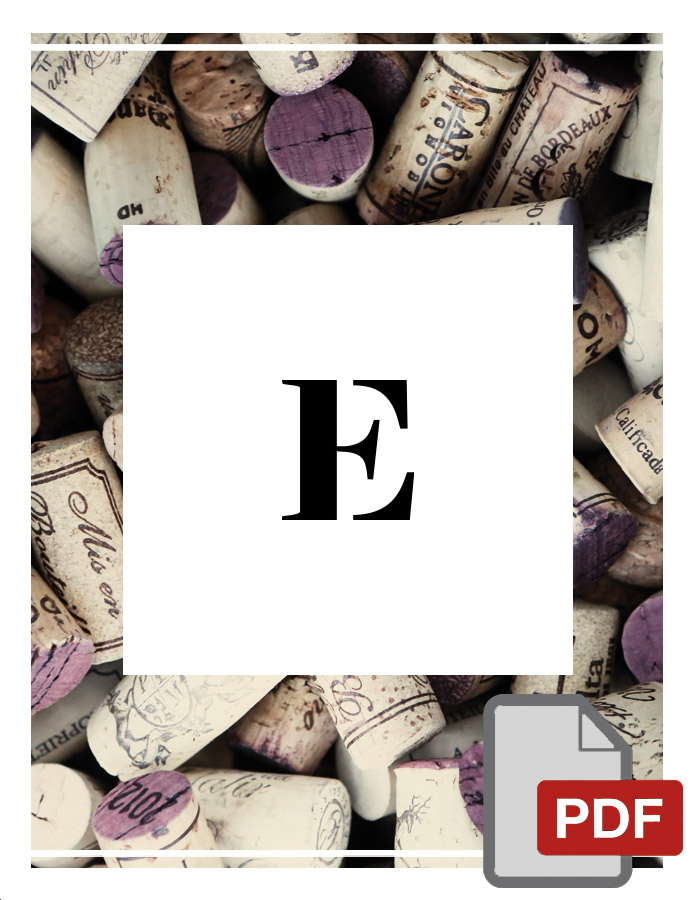Learning about wine
The scent of wine: olfactory examination

The scent of wine is the most beautiful and curious part of the wine tasting.
I must admit, at the beginning i was in despair because it seemed so difficult to recognize some of the perfumes that the experts listed with great art and simplicity.
Then I learned to recognize the scents of wine thanks to the exercise. In fact, the first thing to do is to reactivate the sense of smell. To do so just sniff everything that happens under your nose. Through this technique, which I like to call “olfactory gym”, you can put your smell sense back to work and rediscover exciting memories. As an example thanks to this exercise I remembered the smell of carbide lamps I used when I was very young and went hunting snails with my father.
I must say that in order to train the nose it is necessary to taste many different wines…. I know it is an hard task but someone has to do it!!!
The scent of wine
It is important to know that the scent of wine is determined by substances with their own structure that have specific chemical terms. Using those termos would take away elegance and poetry to the tasting, so it is preferable to associate the wine aromas to fruits, flowers, spices, etc.
Just think if we had to say syringol instead of black pepper, or geraniol instead of rose, or acetoin instead of almond… It is clear that translation is essential for two reasons: the first is to make a very difficult chemical names understandable to everybody, and the second is that the description is more rewarding if it evokes pleasant floral, fruity and spicy nuances.
Classification of the aromas
The aromas can come directly from the grapes, from the skin of the acinus, others from the fermentation and more from the aging. For this reason all aromas are classified in
- primary: driven directly from the grape and those are: flowers, fresh fruit, musk, sage, rose, peach etc.
- secondary: driven by the fermentation that determines an enhancement of the primary scents, therefore ripe fruit, fruit jam. etc.
- tertiary: these are driven by aging and here you can smell spicy, toasted and animal scents.
The phases of the olfactory examination
- First inhalation
It is necessary to hold the glass at the base, to keep the hand as far as possible from the glass, thus avoiding any scents you might have on the hand, interfere with those of the wine.
Bring the glass close to the nose, keep the wine still and inhale intensely. This allows you to get a first idea of the intensity of the wine’s aroma and its evolution.
- Rotation of the glass
Pull the glass away from the nose and rotate a few times. In this way the wine rises on the walls of the glass and creates a larger surface which, in contact with the air, develops larger aromas.
- Subsequent rotations
Then rotate the glass more vigorously and repeatedly bring it to the nose with short intervals.
- Subsequent inspirations
Bring the glass back to the nose and inhale deeply for a few seconds. The inhalations has to be deep and you must alternate the right and left nostrils. In this phase you will understand the complexity and quality of the wine’s aroma.
Please note and keep in mind that the rotation phase of the glass is not applicable for the bubbles, whatever they are as it would compromise the effervescence of the wine.
Now do the exercise with: malvasia rado kociancic and il brut dosaggio zero di Pittaro…. let me know how it went!
See you soon!
Elisa





